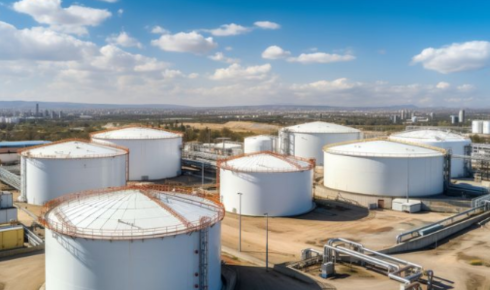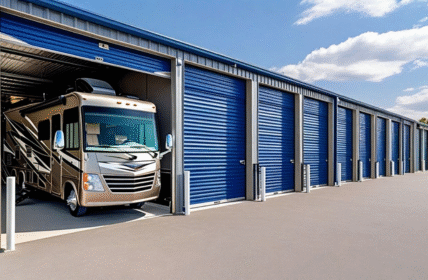Managing onsite operations is no small feat. Between tight schedules, specialized equipment, and multi-disciplinary teams, every moving part needs to click into place. When jobs involve heavy machinery, large-scale digging, or relocating massive containers, the risks rise and coordination becomes everything. To keep things running like clockwork, businesses must rely on clear planning, expert services, and constant communication. Let’s explore how that plays out on the ground.
Planning Around Excavation Services
Excavation services refer to the professional digging, grading, and earth-moving tasks essential to most construction and infrastructure projects. Whether breaking ground for a new foundation or trenching for utility lines, excavation lays the groundwork—literally. Poor timing or uncoordinated digging can delay entire project phases.
To manage operations involving excavation services smoothly, start with precise site assessments. Know where underground utilities lie and determine the type of soil in advance. Communicate with excavation crews early to align timelines and equipment needs. If excavation is scheduled too late or without input from other teams, it can block access, delay deliveries, or even trigger safety concerns.
Coordinating With Container Moving Services
Container moving services involve transporting large steel containers—often housing tools, equipment, or even mobile offices—across a job site or between locations. Container moving services demand precision, especially when operating in tight quarters or on uneven terrain.
When integrating container moving into your operations, coordination is everything. These containers are not just heavy; they’re essential storage and workspace units. Delays in moving them can stall the entire day’s workflow. Discuss logistics with your container service providers in detail.
Scheduling Crews And Equipment Wisely
Efficient onsite operations depend heavily on proper crew and equipment scheduling. Overlapping jobs or idle machinery can quickly erode productivity. It’s not just about having the right people—it’s about having them in the right place at the right time.
Use detailed schedules that break projects into manageable blocks. Match crew arrival with equipment readiness. For example, don’t bring in a paving crew if excavation hasn’t been completed.
Establishing Real-Time Communication Channels
Smooth onsite operations rely on constant communication. With teams spread across different areas, having a clear line of contact is essential. Delays or confusion often stem from miscommunication or lack of updates.
Equip supervisors with radios or mobile devices connected to a centralized system. Use job boards or digital platforms to post updates, tasks, or hazard alerts. Encourage crew leaders to report changes immediately, whether it’s weather issues or a late equipment arrival. The more connected the team, the smoother the workflow.
Maintaining Flexibility For Last-Minute Changes
Even with the best planning, things change. Equipment breaks down. Deliveries run late. Weather shifts. What separates successful operations from chaotic ones is the ability to adapt without losing momentum.
Keep backup equipment and alternative tasks ready. If container moving services get delayed, shift crews to another zone. If excavation can’t proceed due to rain, bring in teams for prep work elsewhere. The key is having options and a leader who can pivot fast.
Conclusion
Managing complex onsite operations is like conducting an orchestra. Every task, every team, and every tool must be perfectly timed. Excavation services and container moving services bring essential value to the worksite, but only if they’re woven into the larger plan. Through early planning, real-time communication, and strong safety practices, operations can move forward with precision.






